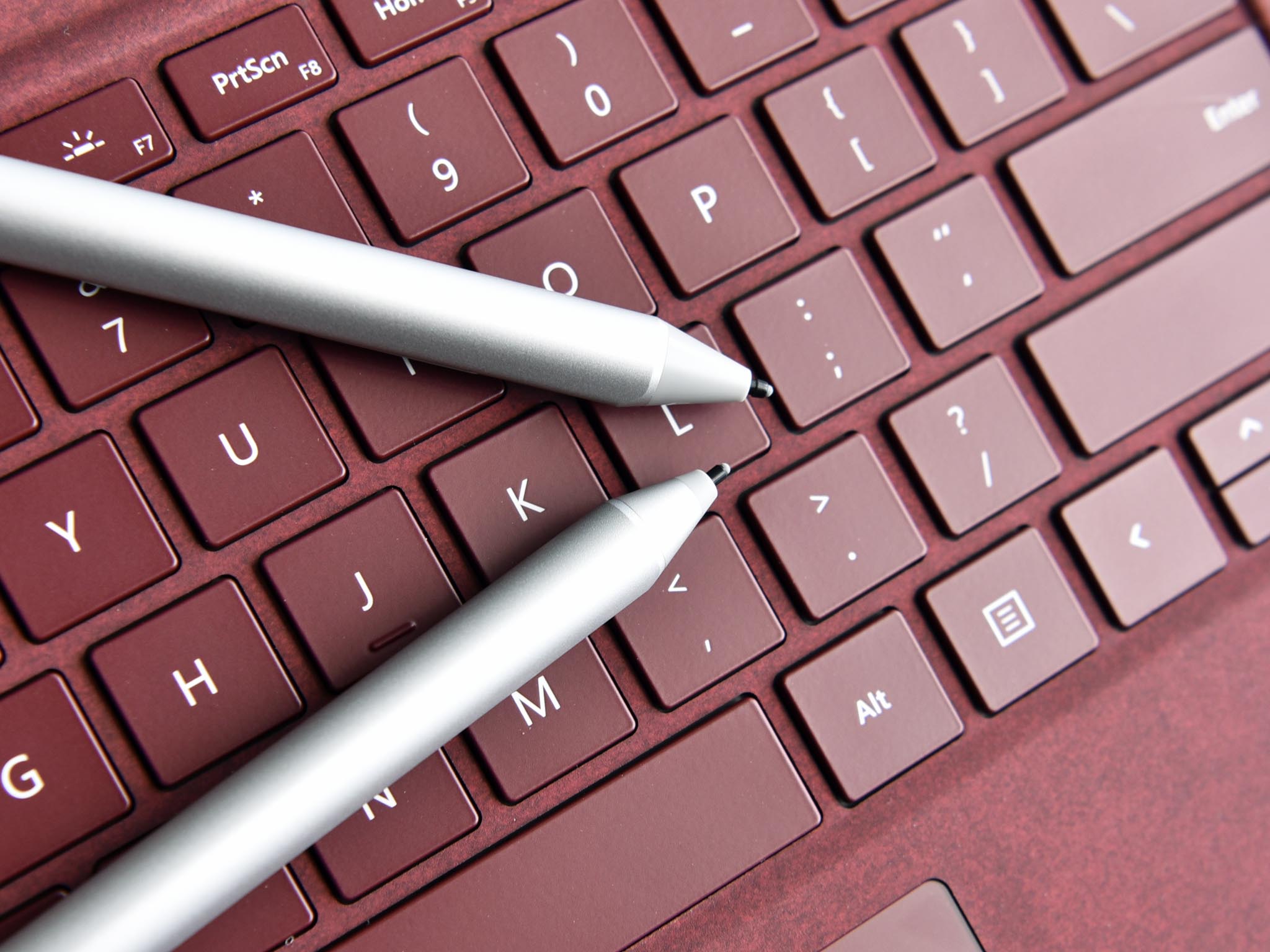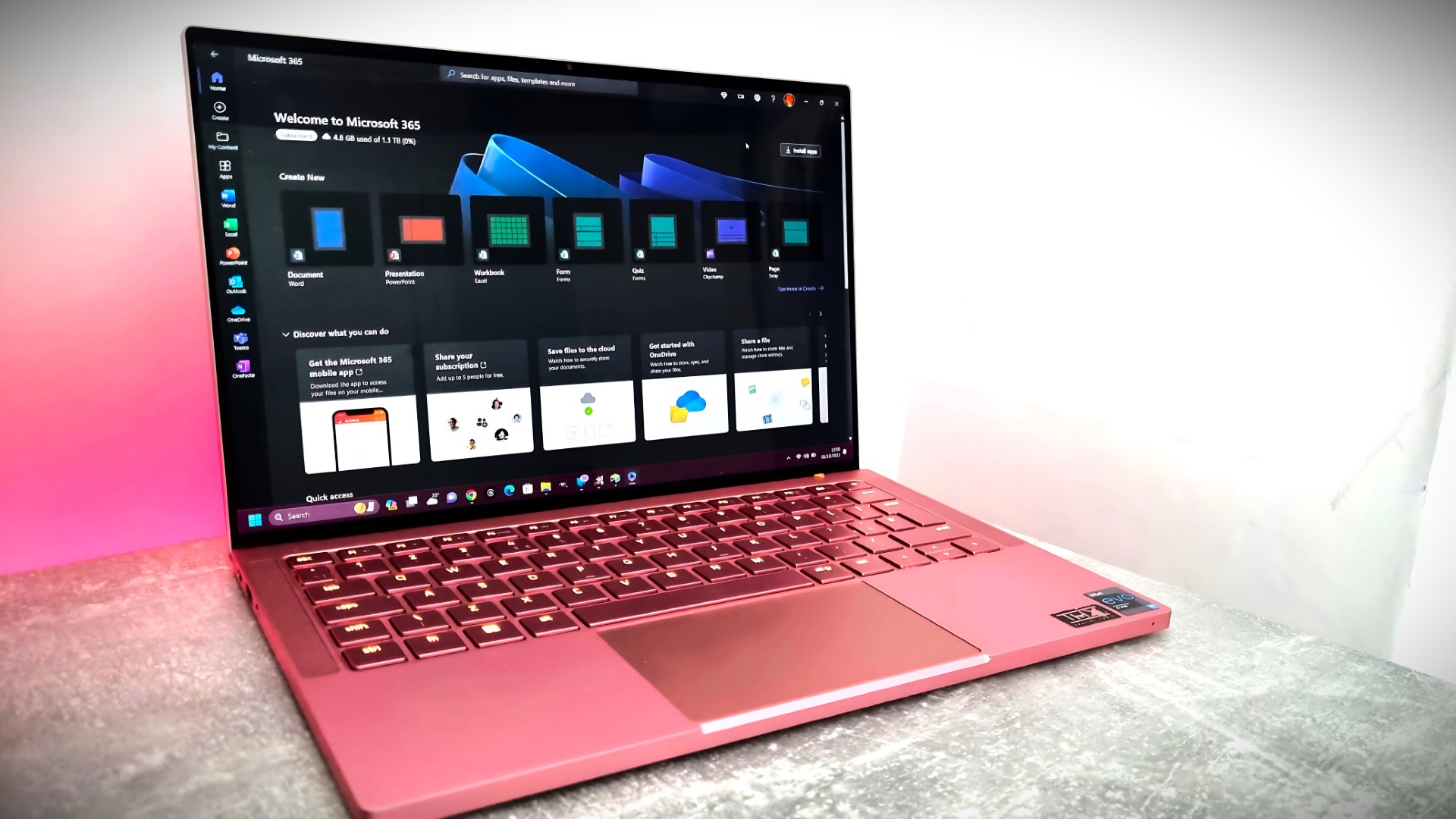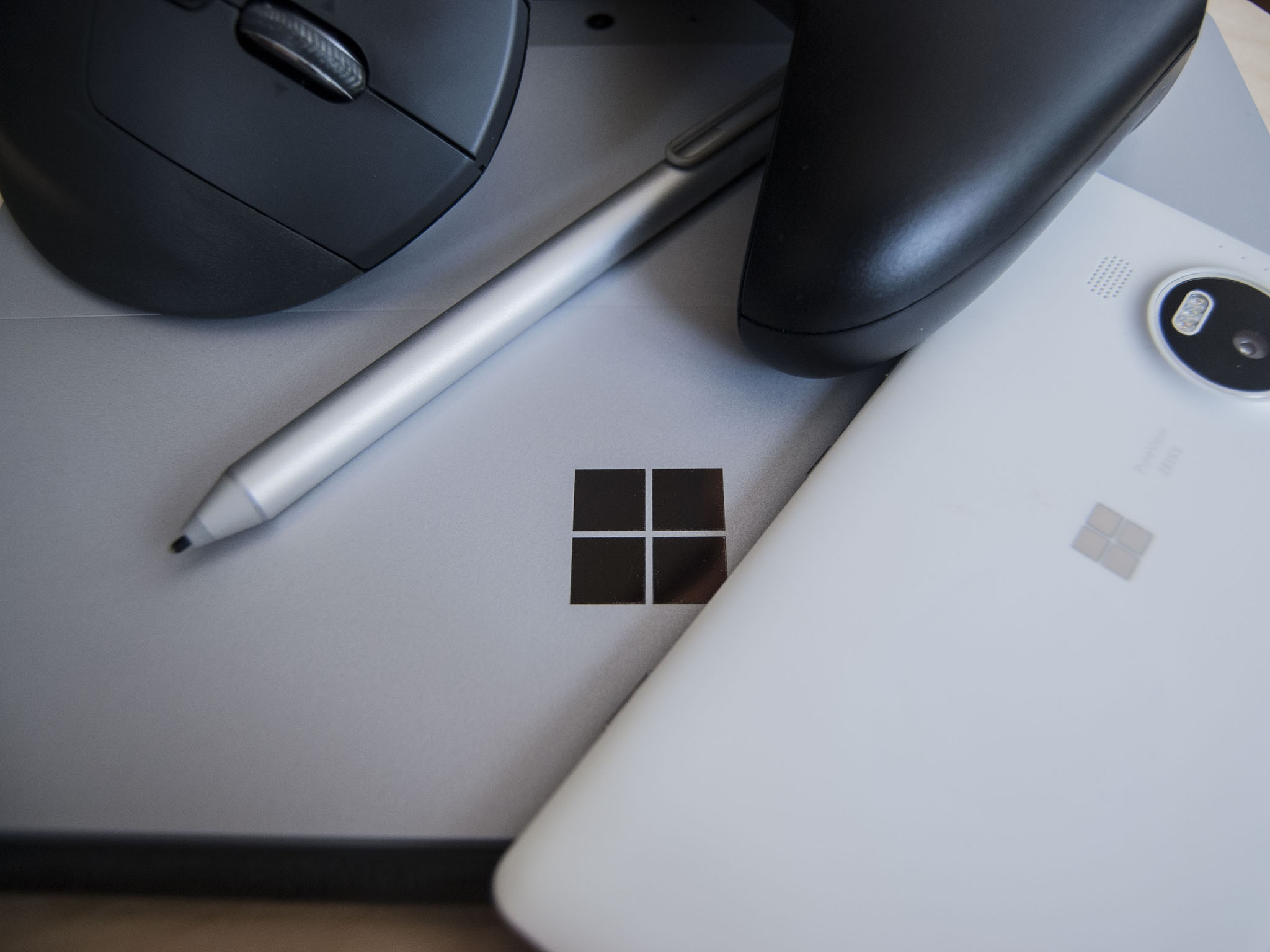

If you're reading this article while sitting in front of a PC, there's a solid chance it's using Bluetooth in one way or another. Bluetooth, the short-range wireless technology that offers low-cost communication between PCs, phones, and accessories, is shipped in about four billion new devices every year. This information comes from the Bluetooth Special Interest Group (SIG), of which Microsoft became a promoting member in 1999. This kicked off the first significant milestone, though there were certainly more in the coming years. Let's take a look.
December 1999: Microsoft joins Bluetooth SIG Promoter group
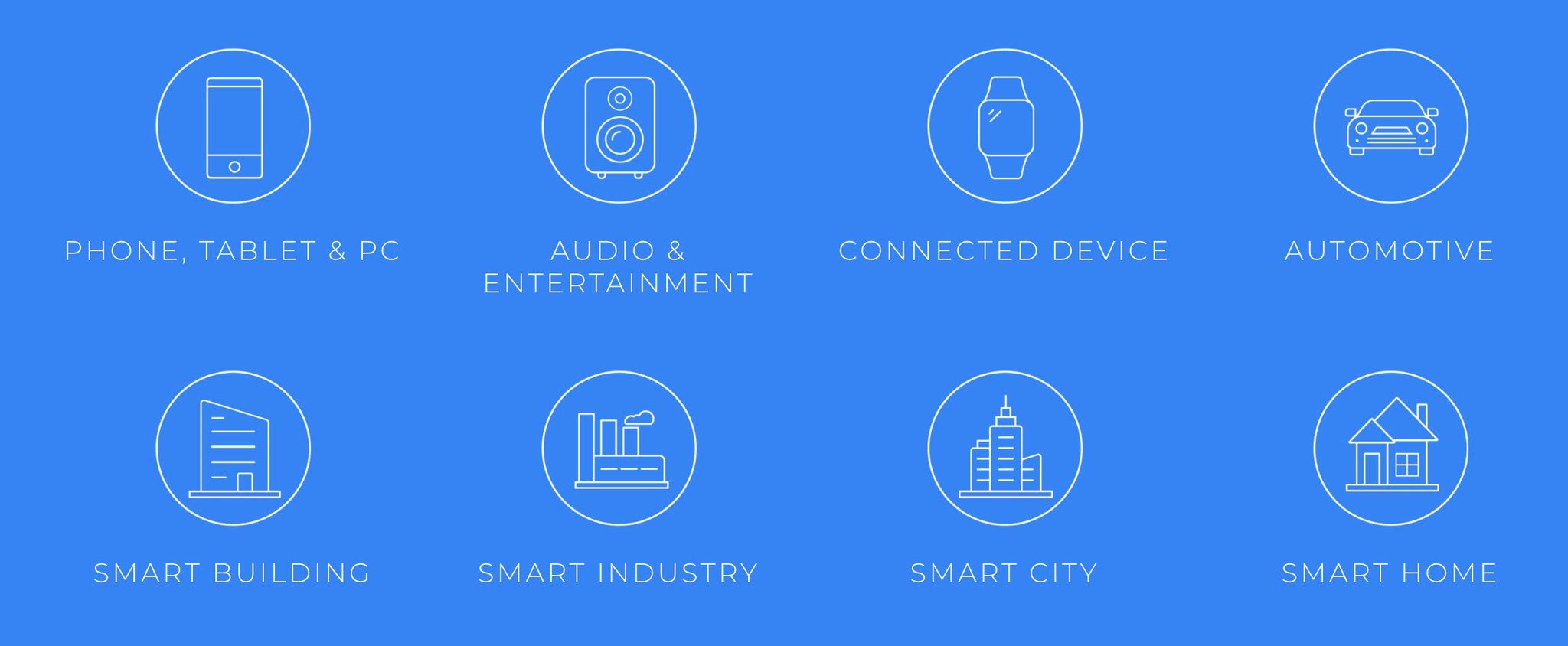
The original Bluetooth SIG, a non-profit trade organization, formed in 1998, realized it needed to boost its status for the technology to reach mass-market appeal. In 1999, the Bluetooth SIG Promoter group was formed, made up of nine tech companies working together to test interoperability and to generally promote the technology. Companies included Microsoft, 3Com, Ericsson, Intel, IBM, Lucent, Motorola, Nokia, and Toshiba.
Mike Wehrs, then Planning Manager at Microsoft, had this to say about Microsoft joining the group:
Microsoft brings to the SIG an expertise in operating systems and applications software, a strong developer network, and a belief in the value of delivering PANs to knowledge workers and consumers. Microsoft expects to provide leadership on a number of Bluetooth working groups and to be active on the marketing, public relations, and regulatory committees. Joining the Bluetooth SIG does not affect our commitment to other wireless technologies such as Home RF, 802.11, and IrDA, because we believe there are many wireless solutions that fit customers' varying needs.
October 2002: Microsoft releases the first Bluetooth desktop solution
Announced April 2002 and released to buy later in October, Microsoft's Wireless Optical Desktop for Bluetooth was the industry's first wireless set of PC accessories. This package included a keyboard, mouse, and separate USB transceiver, as PCs were still not shipping with Bluetooth baked in as they do now. A Bluetooth IntelliMouse Explorer — also using a separate USB transceiver — was released as a lone pointing solution.
Matt Barlow, group product manager for Microsoft Hardware Group at the time, stated that "these products for Bluetooth, paired with our newly released line of wireless 27MHz mice and keyboards and our new Broadband Networking products, position Microsoft as the clear leader in wireless technologies for the PC."
May 2005: Microsoft cuts Bluetooth dev time from hours to minutes
Bluetooth development was taking off by 2005, yet the process of creating Bluetooth applications and services was arduous and involved a ton of code. At the 2005 Microsoft Mobile & Embedded DevCon, then Microsoft chairman Bill Gates revealed a "free, managed-class library for building Bluetooth enabled applications and services for Windows CE and Windows Mobile-based devices."
Not only did this cut coding time down from hours to just minutes, but it also allowed independent developers to create their own versions of Bluetooth solutions without sharing them with the competition.
All the latest news, reviews, and guides for Windows and Xbox diehards.
June 2014: Microsoft releases Surface Pro 3 with Bluetooth Surface Pen
Microsoft released the Surface Pro 3 two years after the first Surface PC was shown off. The third in the Pro line was the first to feature a Bluetooth-connected Surface Pen. This Surface Pen was capable of 256 levels of pressure sensitivity, a far cry from the 4,096 levels common in current Surface Pens.
Whereas the original Surface Pens shipped with the Pro and Pro 2 used Wacom tech, the Bluetooth Surface Pen for the Pro 3 moved to N-trig, which is still in use today.
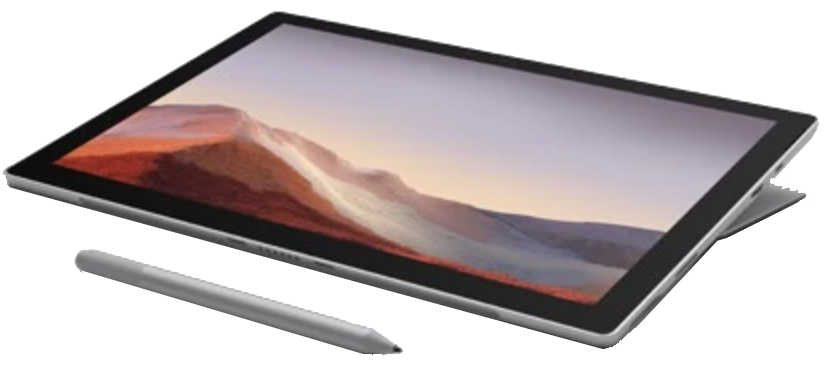
Type-C and 10th Gen Intel are game-changers
Microsoft has finally added a loaded-out USB Type-C port to the Surface Pro 7. When combined with Intel's latest 10th Gen processor and GPU, this year's Core i5 blows away last year's Core i7 all without a fan. Minor tweaks to the RAM, going to Intel for Wi-Fi 6, and Instant On ability make this Surface Pro 7 an absolute joy to use.
June 2016: Microsoft announces a Bluetooth Xbox One controller
The Xbox E3 2016 Briefing was a big one for Microsoft's gaming division. Alongside announcements for the Xbox One X (Project Scorpio), Xbox One S, and Xbox Play Anywhere, gamers were also treated to a new Xbox One controller with textured grips and, more importantly, Bluetooth connectivity. This allowed the Xbox One controller to connect seamlessly with PCs and laptops as well as Xbox consoles with no need for a separate USB adapter.
This has all culminated in the recently released Xbox Elite Controller Series 2, complete with modular design, extra paddles, a premium build, and Bluetooth connectivity for easy interoperability with mobile devices, Xbox, and Windows 10 PCs.
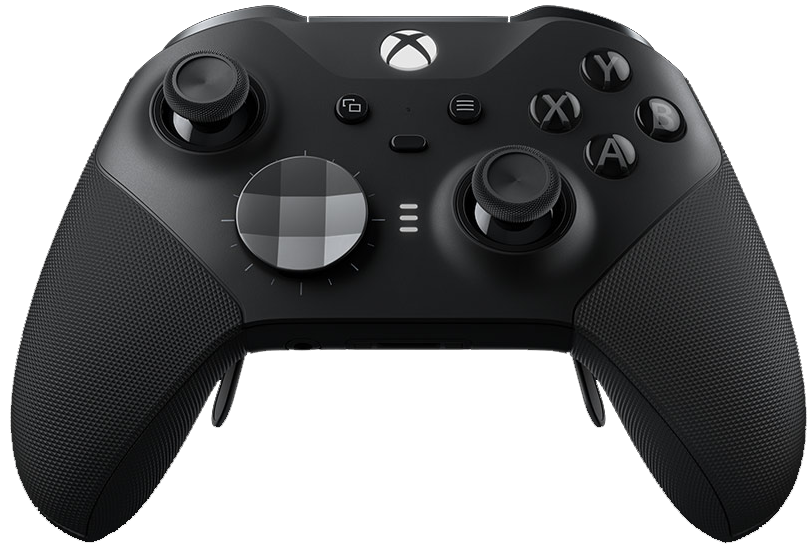
The pinnacle of Xbox accessory engineering.
With premium features, premium construction, and premium details, the Series 2 also comes with a very premium price tag. If you can weather the bill, you won't find yourself disappointed, though. The Series 2 might be the best controller ever made.

All 20 stories from our 2019 Spotlight on Bluetooth package, all in one place. Whether it's a spot of Bluetooth history, a bit of humor or wireless memery, or some thoughtful analysis on the future of the short-range tech, you'll find it right here, courtesy of the folks at Android Central, iMore and Windows Central.
General Bluetooth
- Introduction to our 2019 Spotlight on Bluetooth
- Where did the Bluetooth name and logo come from?
- A history of all the major Bluetooth releases and updates
- Where Bluetooth is headed, and the challenges it must overcome to get there
- Bluetooth 5: Is it actually better, and do you need it?
- Why Bluetooth is so great (and so terrible): A story told via memes
- Why the Bluetooth in your car sucks (and always will)
- 12 weird Bluetooth gadgets the Mobile Nations team uses every day
Windows
- 5 major Bluetooth milestones at Microsoft
- How to master Bluetooth on Windows 10
- Why Xbox One (still) doesn't use Bluetooth
- Why wireless gaming mice still use RF receivers instead of Bluetooth
- Windows Central staff's favorite Bluetooth gadgets right now
Android
- A closer look at Google's Fast Pair technology and how it builds on Bluetooth
- Top tips for getting your Android devices to play nicely with Bluetooth
- Yes, Bluetooth sucks, but it was good enough to kill the headphone jack on phones
Apple and iOS

Cale Hunt brings to Windows Central more than nine years of experience writing about laptops, PCs, accessories, games, and beyond. If it runs Windows or in some way complements the hardware, there’s a good chance he knows about it, has written about it, or is already busy testing it.
